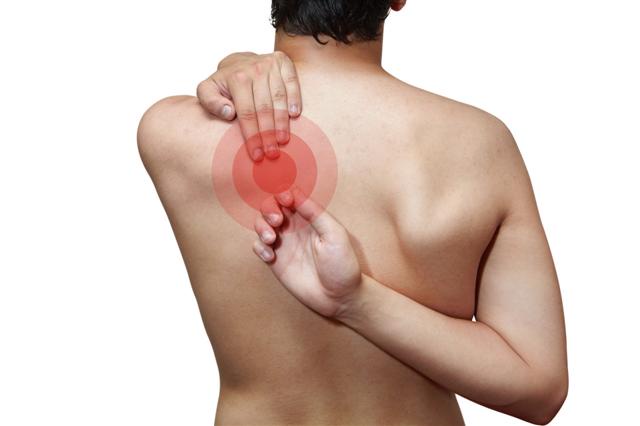Pain, a universal and often unwelcome companion, manifests in various forms and locations throughout the human body. One particularly challenging area is the region encompassing the ribs and back. Understanding the nuances of pain around ribs and back symptoms is crucial for identifying potential causes and seeking appropriate treatment. In this exploration, we delve into the intricacies of these symptoms to shed light on the common triggers and potential paths towards relief.
The Anatomy of Discomfort
The ribcage, a protective shield for vital organs, is a complex structure of bones, cartilage, and muscles. When pain manifests in this area, it can be sharp, dull, constant, or intermittent, making it essential to discern the specific characteristics of the discomfort.
- Muscular Strain:
One of the leading culprits for rib and back pain is muscular strain. Overexertion, poor posture, or sudden movements can strain the muscles supporting the ribcage and spine. This often results in localized discomfort that may be exacerbated by certain activities or positions.
- Injuries and Trauma:
Accidents, falls, or blunt force trauma can lead to injuries affecting the ribs or spine. Fractured or bruised ribs, herniated discs, or muscle tears are common consequences. Understanding the nature and severity of the injury is crucial for devising an effective treatment plan.
- Inflammation and Infections:
Inflammation of the joints between the ribs and the spine, such as costovertebral joints, can contribute to pain. Additionally, infections affecting the respiratory system or surrounding tissues may radiate pain to the rib and back area.
- Internal Organ Issues:
While less common, issues with internal organs like the kidneys or gallbladder can manifest as referred pain to the back and ribcage. Kidney stones or gallbladder inflammation may cause discomfort in these areas, necessitating a thorough medical evaluation.
Deciphering the Signals
- Location Matters:
Understanding the precise location of pain is crucial. Pain originating from the front of the chest or closer to the sternum may indicate issues with the ribs, while pain radiating from the back may suggest spinal or muscular involvement.
- Nature of Pain:
Describing the nature of the pain can provide valuable clues. Is it sharp and stabbing, or is it a dull, persistent ache? Does it worsen with movement or certain activities? These details assist healthcare professionals in narrowing down potential causes.
- Duration and Triggers:
Chronic pain may have different underlying causes compared to acute, sudden-onset pain. Identifying any specific triggers or exacerbating factors, such as movement, breathing, or certain positions, aids in the diagnostic process.
Seeking Solutions
- Rest and Ice:
For mild muscular strains, rest and applying ice to the affected area can help alleviate pain and reduce inflammation. Avoiding activities that exacerbate the pain is crucial during the initial recovery period.
- Physical Therapy:
Musculoskeletal issues often benefit from targeted exercises and physical therapy. Strengthening the core muscles and improving posture can provide long-term relief for chronic rib and back pain.
- Medical Intervention:
In cases of severe injuries, persistent pain, or underlying medical conditions, seeking professional medical advice is paramount. Diagnostic tools such as X-rays, MRIs, or CT scans may be employed to pinpoint the cause, enabling healthcare providers to tailor a suitable treatment plan.
Conclusion
Understanding the complexities of rib and back pain involves a holistic approach, considering the unique interplay of muscles, bones, and organs in this intricate region. From muscular strains to internal organ issues, the spectrum of potential causes requires careful evaluation to determine the most effective course of action. By decoding the signals our bodies send, we empower ourselves to navigate the journey toward relief, ensuring that our ribcage and spine remain pillars of strength rather than sources of persistent discomfort.


No comments yet